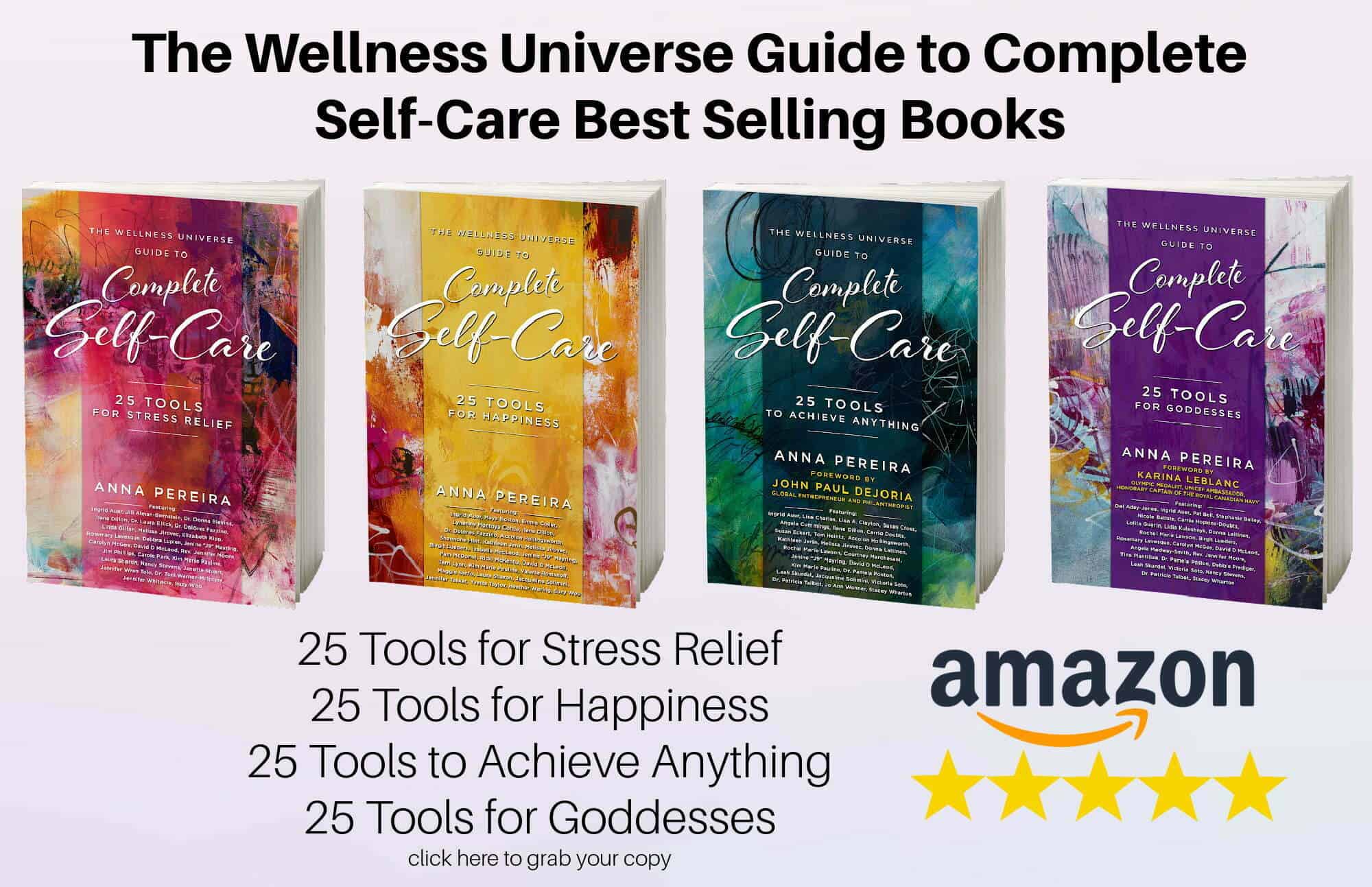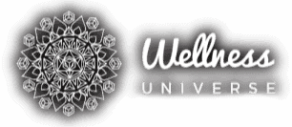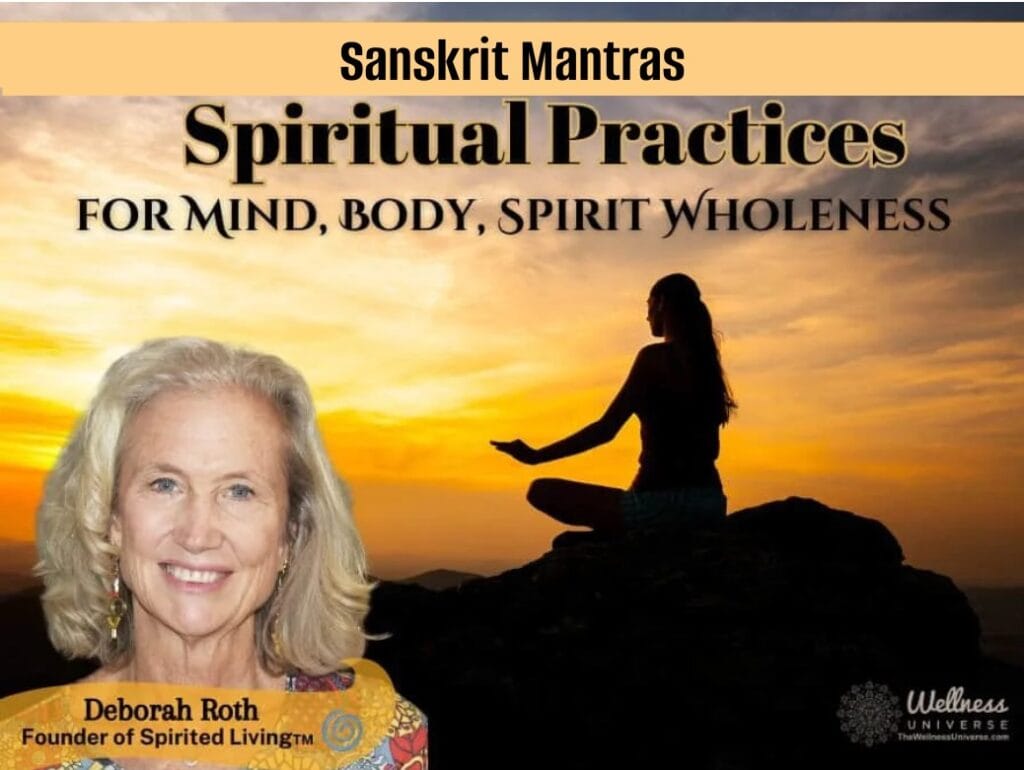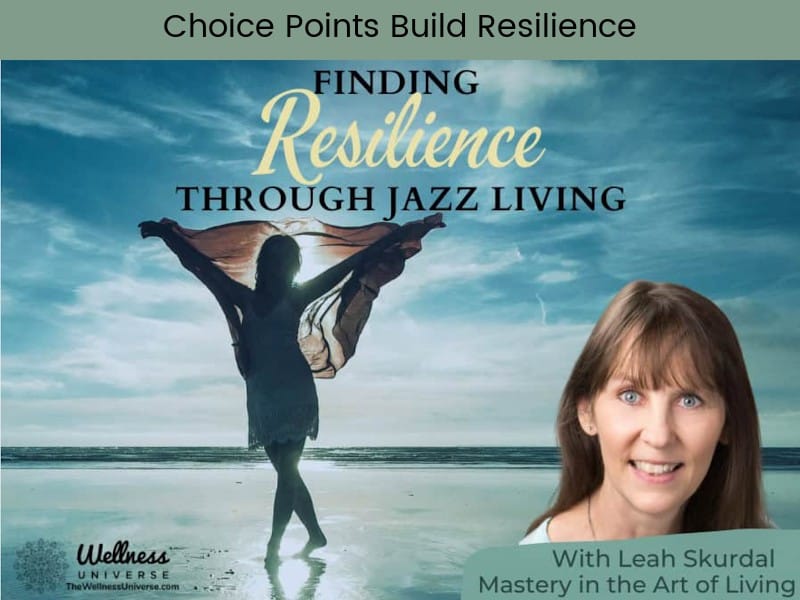Let’s explore the foundation of what it means to have a body-centered spirituality, and find out how this approach can enhance, not only our individual lives, but a shared human experience of embodied flourishing.
In this first episode of our three-part series, we delve into the roots of this transformative approach, which invites us to experience Spirituality not as a distant realm but as an intimate and integral part of our physical existence. We begin the quest toward a holistic, integrated spirituality: one that is more embracing of our embodiment, more accepting of our humanness.
The journey of Embodied Spirituality starts with the simple recognition that our body is not how we live but is rather the focal point where spirit and matter meet, a space of deeper essence.
Embodied Spirituality is about learning to acknowledge that each breath, movement, and sensation can be an opening into something transcendent.
Embodied Spirituality starts by acknowledging our flesh-and-blood body as more than just a physical entity: it’s the temple of our spirit, the soil in which our earthly selves meet our immortal mystery. It recognizes that every in-breath and out-breath, every bend and reach, every ache and tickle, is a prayer to the holy.
Fundamentally, Embodied Spirituality rests on the concept that body and spirit are not separate but grow and evolve together. It holds that the body and spirit are inseparable, the body plays an active role in the spiritual life, and mundane, ordinary, and physical things and experiences can be considered sacred.
Presence, awareness, and intention are the tools of Embodied Spirituality. Presence is being present in the body; awareness is paying attention to feelings, sensations, and thoughts in the body; and intention is setting our intention according to our spiritual values.
Our experiences of the body begin with the idea that the body is more than a physical object. It is a temple of the spirit, the ground where our terrestrial experience meets our divine nature. This approach to Spirituality views every breath, movement, and sensation as an opportunity to connect with something greater than ourselves.
The outcome is Embodied Spirituality, an evolving continuum of thought that spans geographies, epochs, and cultures. The history of embodied spiritual thought is an embarrassment of riches. It would include the Hindu and Buddhist tantric traditions, whose world-view sees the body as a temple of the soul–the tool by which we nurture the spirit, rather than escape it.
The premise of Embodied Spirituality is that the body is not just a vehicle for the spirit but is a manifestation of the spirit itself. It points people to their spirituality via the body’s own knowing, feeling, and experiencing as a method to the divine. It acknowledges the innate intersection of body, mind, and spirit.
Yet Embodied Spirituality has largely been met with resistance, rooted in deeply ingrained attitudes about the body, which has often been understood as corrupt or sinful. In many religious traditions, there has been a historical tendency to emphasize the soul or spirit over the body, often done through dualistic modes of thought that oppose physical and spiritual realities or ‘selves’ as separate. This has typically led to practices that deny or reject the body or consider it as an impediment to spiritual enlightenment.
Despite this recalcitrance, there are powerful, compelling reasons to embrace Embodied Spirituality, especially because it represents a more ‘inclusive,’ more holistic model of spirituality, one that both recognizes the body as a source of emotional-intellectual-spiritual wisdom and delineates a pathway to the divine via the body.
Rather than ignoring, denigrating, or trying to transcend the body in the equation regarding the pursuit of the Divine, spiritual seekers can access deeper, more profound levels of self-awareness, self-acceptance, and self-remembering via the body. Embodied wisdom practices, such as yoga, tai chi, and meditation, help to improve mental and physical health, making it viable to integrate so-called ‘spiritual’ or ‘transpersonal’ practices into one’s daily life.
In this way, new relevance and opportunity are being given to Embodied Spirituality that more fully reflects modern understandings of human psychology and the primacy of somatic experience. We can honor the body as a locus of our spirituality and, through reverence for the sacred embodied other, experience a deeper and more transformative way of being in our world–one that is primed for ongoing healing and deepening awareness.
The key point in Embodied Spirituality is that we are not alone in the world but a piece of an interbeing community of life. The body is not separate from the world but part of the world. To access the body is to access the world. And from this access, we can access this feeling of ‘belonging’ or ‘oneness’ with all that is. Indeed, the initial desire for a disembodied spirituality might express itself first as a philosophical posture.
Still, it often turns into a practice in which we see spirituality as unconnected to our fleshly lives. With spirituality as disconnected, we have spirituality as disowned. Disowned spirituality speaks to a disconnection from the Practitioner’s body and actions in the world.
A prominent way in which spirituality can be considered disembodied is in esoteric mysticism–and in the generalized characterization of mysticism as an inward focus that often involves a technique where transcendence or ‘enlightenment’ occurs as alienation from the world moves up the spiritual food chain. Such psychophysiological processes may lead to a kind of spirituality that is more about transcending the body than engaging with the body as necessary to the spiritual life.
Encountering this form of disembodied spirituality can also stem from people failing to incorporate their spiritual sources of insight and practice into their day-to-day lives. It’s one thing is to attain an abiding sense of equanimity and oneness on the cushion–or in a yoga class or while listening to a bit of music–but to be able to carry those qualities with oneself while moving through the hustle and bustle of day-to-day life and into the array of life’s sometimes difficult challenges, obstacles, and drama is another.
If this equation is never successfully applied, if the fruits of spiritual practice never get translated from an ‘off the mat’ state to an on-the-mat-and-in-the-world one, then spirituality becomes confined to a neutral, compartmentalized portion of the self. It ends up being nothing more than a means of engaging in the pastime of transcending the mundane.
Some misconceptions about embodied spirituality might be based on misunderstandings of the basics. The first has the old ‘this is not real or serious spirituality’ flavor. Some worry that embodied spirituality is somehow ‘superficial’ or narcissistic–that its focus on the self, on the body, is somehow superficial, ‘showy’ or, worse still, that it replaces God-as-Other with self-as-Other.
But this is precisely a misconception of embodied spirituality, for what is offered is not the self or the body: embedded spirituality is merely how we are the self in the body.
An analogous confusion is that embodied spirituality refers solely to embodied practices such as yoga or dance; while these can undoubtedly be useful elements, embodied spirituality is far more capacious and expansive–the lived experience of connection with others, whether people or land, the felt sense of ecology; an orientation towards meaning that pervades mundane actions and movements, and so on.
In short, embodied spirituality offers us the opportunity to live our spirituality through the body in a very palpable way, where we use our body-mind experience as a doorway to a sense of the sacred and where we are challenged to let the fruits of our individual or private practice permeate the public and political spaces where the impact of our spirituality is often not lived or felt in any tangible way.
Finding ways to balance your spiritual practice with your routine also means weaving some kind of spiritual routine into your chores and other activities of daily life.
My favorite tips and tricks I’ve collected so far are these:
Set Intention – Begin each day by setting an intention for your practice that day, be it a specific goal or simply a reminder to stay present in the moment.
Create Sacred Space – Set up a little area in your home to hold your spiritual pursuits. A meditation space hailing in the sun’s early morning rays, lit by candlelight, a wall becomes an altar for prayer or thought or a special seat in the quiet of your early morning coffee.
Establish a daily practice/ritual – Do it every day. Choose a time of day to engage in your spiritual self-care practice, such as meditation, yoga, or reading spiritual texts.
Practice mindfulness – Make it part of your daily life–eat, walk, and even drive mindfully so that you stay in touch with what is happening at the present moment and connect to your spiritual intentions as well.
Engage in Self-Reflection – End the day with self-reflection so that you can evaluate how well you’re integrating your spiritual practice into your lifestyle.
Cultivate an attitude of gratitude – Notice and appreciate the small joys of each day–and perhaps the small lessons as well. Practice Gratitude.
Embrace Simplicity – Try to simplify your life where possible. The less junk we have to deal with, the more space there is for our spiritual practice.
Don’t become trapped into believing that your spiritual life should always exist in an alternate realm, separate from your physical, temporal life. Rather, comprise them. Integrate your spiritual life into the flow of your day. Weave your spiritual practices into your usual life until your spiritual life is yours.
Remember, the key to balancing spirituality with daily life is not to see them as separate but as interconnected aspects of your existence. It is a response to the call for a spirituality that is more fully integrated into our lived experiences, a spirituality that treats the body with respect and reverence, which can result in a more integrated and balanced, even healthy, spiritual life.
In the next blog, we’ll describe some of the myriad embodied practices, from yoga or dance to somatic therapies or even a nature walk which can help you access and develop your embodied spirit. Countless embodiment practices offer various paths to connecting your body to your spirit. By weaving spiritual practices into the fabric of your daily routine, you create a holistic lifestyle supporting your inner and outer well-being.
Connect with Bonnie on The Wellness Universe.
All information, content, and material are for informational purposes only and are not intended to serve as a substitute for the consultation, diagnosis, and/or medical treatment of a qualified physician or healthcare provider. The information supplied through or on this page, or by any representative or agent of The Wellness Universe, is for informational purposes only and does not constitute medical, legal, or other professional advice. Health-related information provided through this website is not a substitute for medical advice and should not be used to diagnose or treat health problems or to prescribe any medical devices or other remedies. The Wellness Universe reserves the right to remove, edit, move, or close any content item for any reason, including, but not limited to, comments that are in violation of the laws and regulations formed pursuant to the Federal Food, Drug, and Cosmetic Act. None of the posts and articles on The Wellness Universe page may be reprinted without express written permission.
MindShift Marketing
A course for motivated business owners who are seeking better results in their marketing, through a deep dive into themselves and their business.
Catch the replay – https://bit.ly/MindShiftMarketing

see how our self-care books are helping thousands of people around the world. Digital and paperback books are available now.
Connect to the people that help you live your best life: The Wellness Universe

Bonnie Sheldon, an EFT Master Trainer and Somatics expert and guides professionals in achieving stress relief and mindfulness through body-mind integration. Her programs promote self-care, ensuring workplace wellness and success without sacrificing personal well-being or relationships.





